Garryowen, MT, July 2025
Yes, more camera testing. Just a warning. This post has some technical concepts for photography that may or may not make sense.
Before that, more Western Kingbirds! We think there is a Western Kingbird nest in the tree beside our RV. The two birds in the tree are very loud and annoying in the morning. They also chase off other birds and yell at us, if we get to close to the tree. We are not sure if this tree or the other tree dumped two baby birds into the campsites near us.
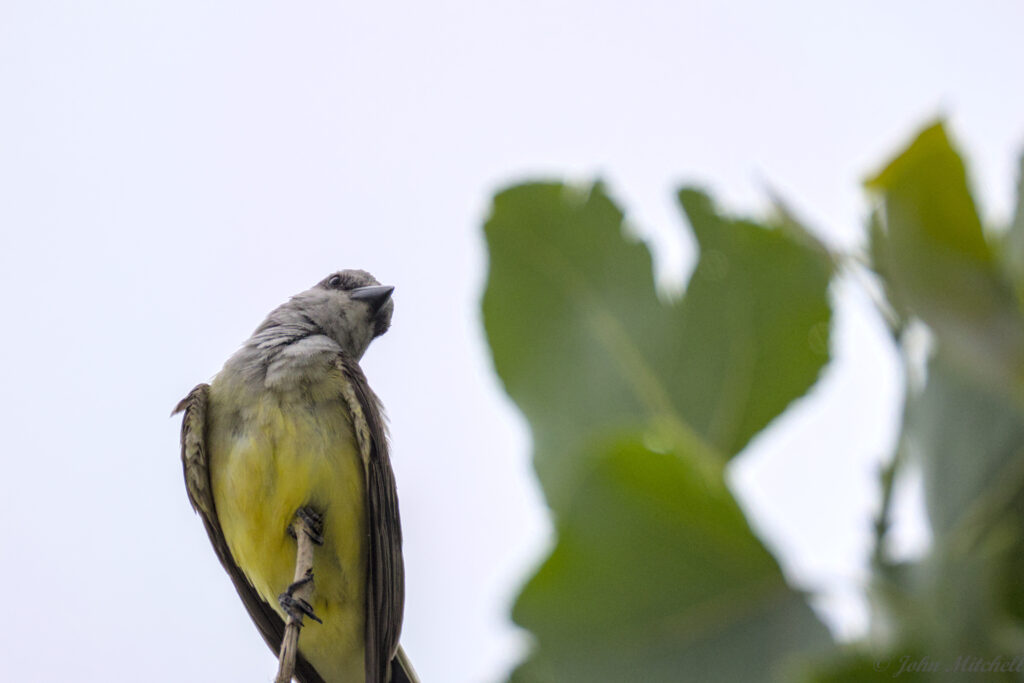
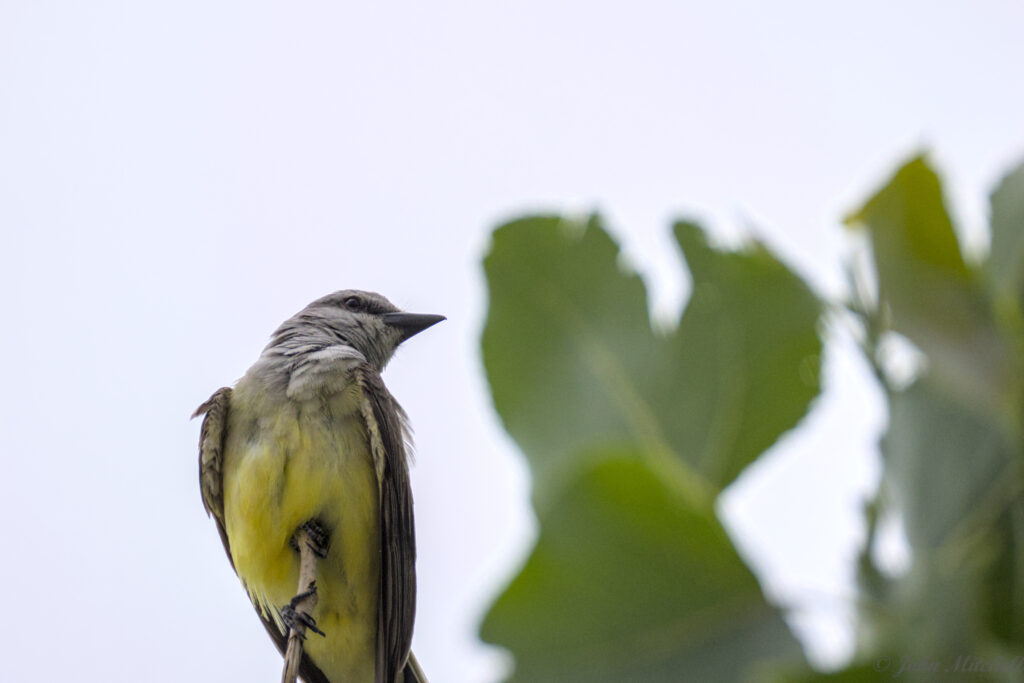
Ok, so the two main problems that John has been seeing with the R7 are auto-focus accuracy and image crispness. He originally thought these were related, but they may not be.
Starting with auto-focus accuracy, this is a picture of the canopy over the garden that is about 1,200 feet from our campsite. The image is a split with the left being long distance auto-focus and the right being manual focus. You can see that the edge of the white canvas is more crisp on the manual focus. If nothing was in focus with the left side, it might be motion blur. Unless it was windy, this should not be the problem, since the camera was on a tripod and the shutter speed was 1/2500th of a second.
In the full image, the trees behind were slightly better focused in the auto-focus image, so the focus is probably behind the canvas. It appears that the camera just does a poor job of focusing in lower light, lower contrast, and higher ISO. This matches the reviews of people that used the camera versus the reviews of people that just read the specifications. The first ima
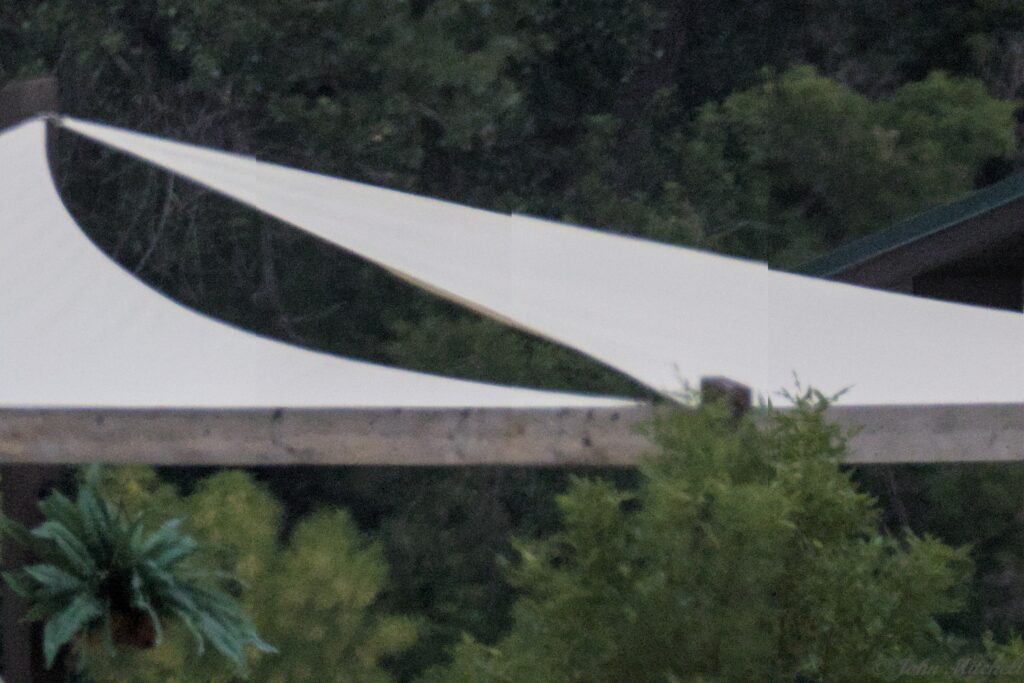
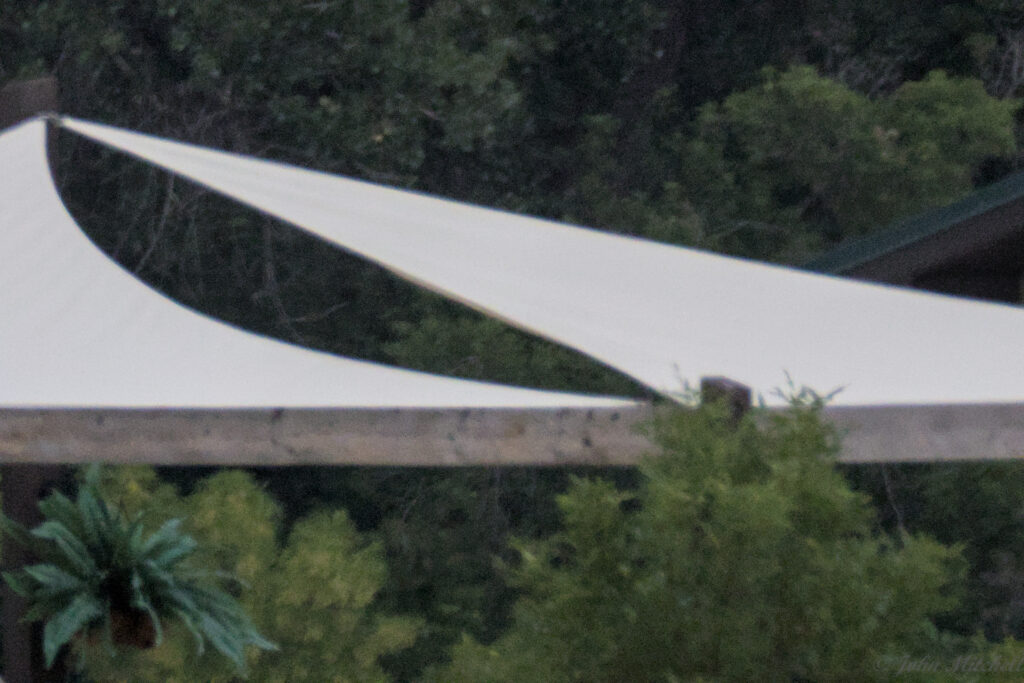
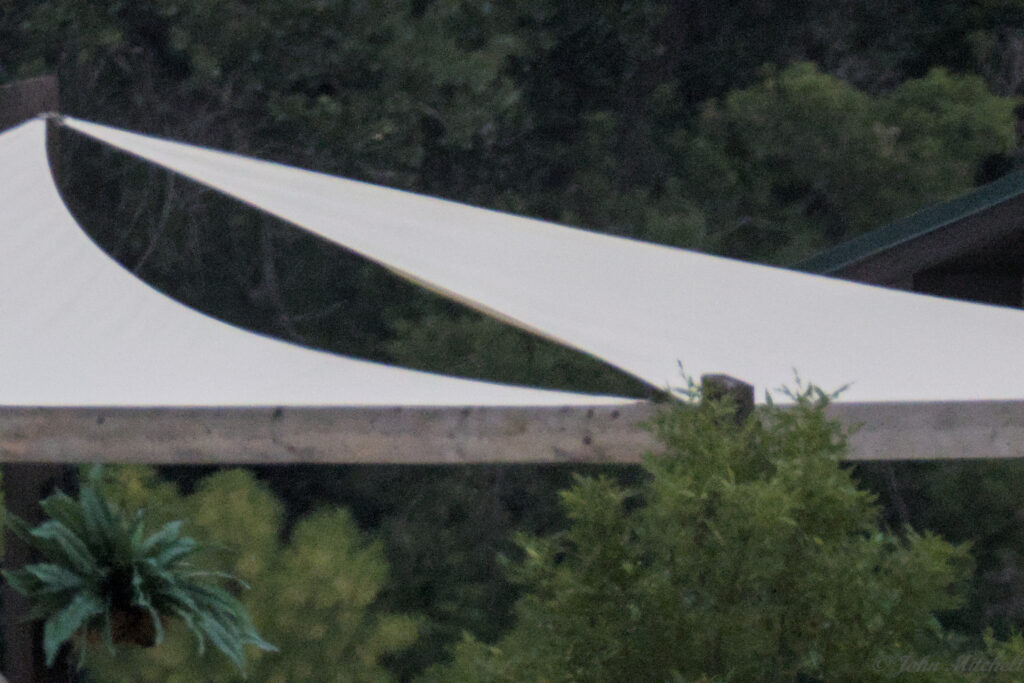
The blackbird in the field is another example. The grass in front of the blackbird appears to be more in focus than the blackbird. This could be chalked up to inexperience, but it seems to happen with both basic focus and animal tracking focus. If the camera is tracking the animal, it should be focusing on the animal instead of the grass.
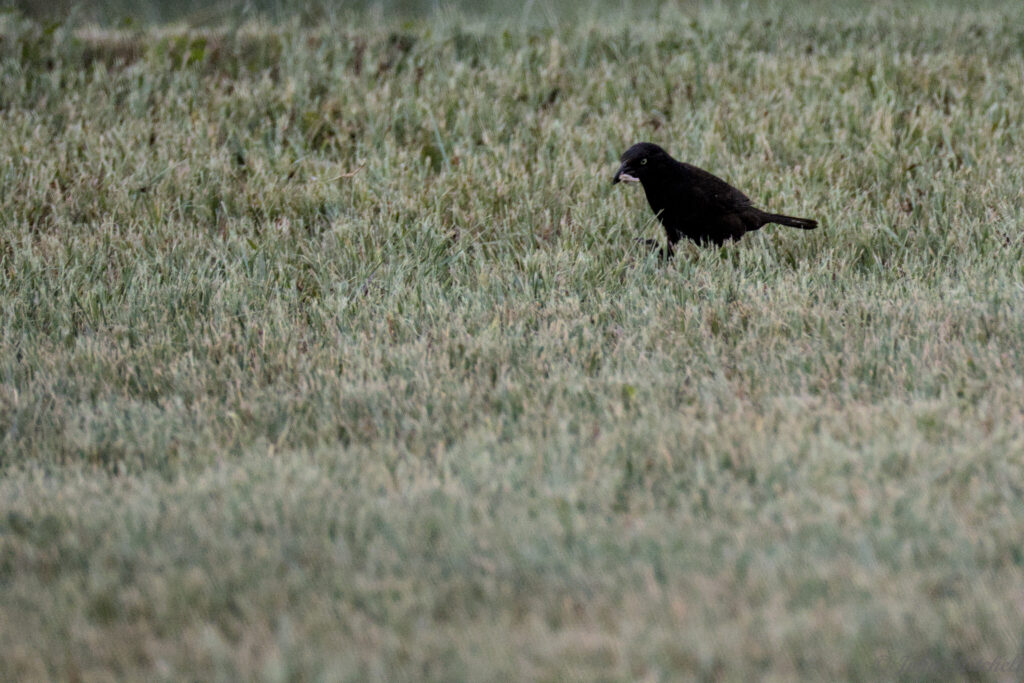
Next, he looked at image crispness. Several articles talked about some lenses are more crisp with a smaller aperture. This is sometimes called stopping down the lens a few stops.
FYI, a change of one "Stop" results in one-half or two times the light, depending on which direction you are going. Depending on the cameras settings and capabilities, the changes are usually made in 1/3, 1/2, or full stops. More professional cameras may have smaller steps, especially for ISO.
To check this, John focused on one of the bird houses and took pictures decreasing aperture and decreasing the shutter speed in 1/3 steps. Decreasing the aperture lets less light in; decreasing the shutter speed lets more light in (i.e., the shutter is open longer). These two changes keep the exposure of the image the same for all pictures, so you primarily see the difference in aperture. A strong wind might add camera shake with the decreased shutter speed, but this was not a problem during the testing.
The decrease in sharpness through the range of apertures was not very pronounced. There could be a few reasons for this. The quality might be limited by ISO, the diffraction blurring was already significant at f/9.0, or the image is not conducive to see it (e.g. versus black lines on a white background). (The animated image may need to complete one play through before you can click to expand.)
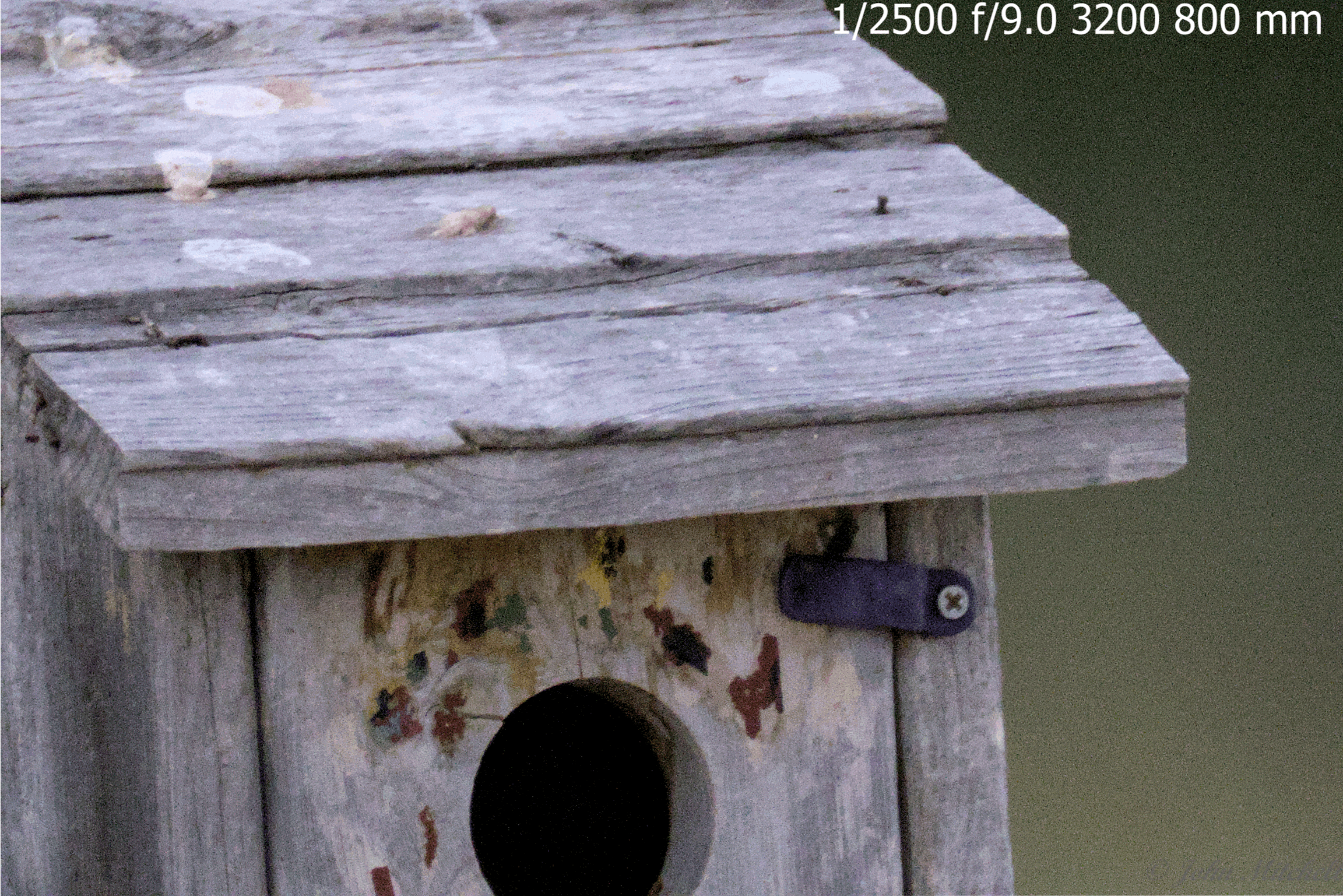
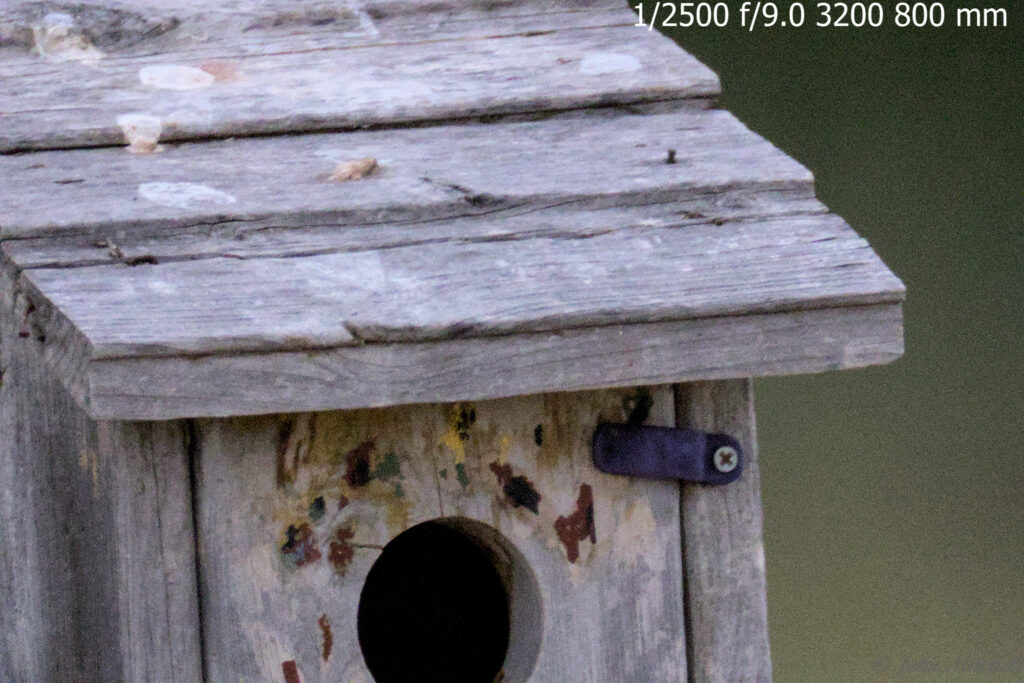
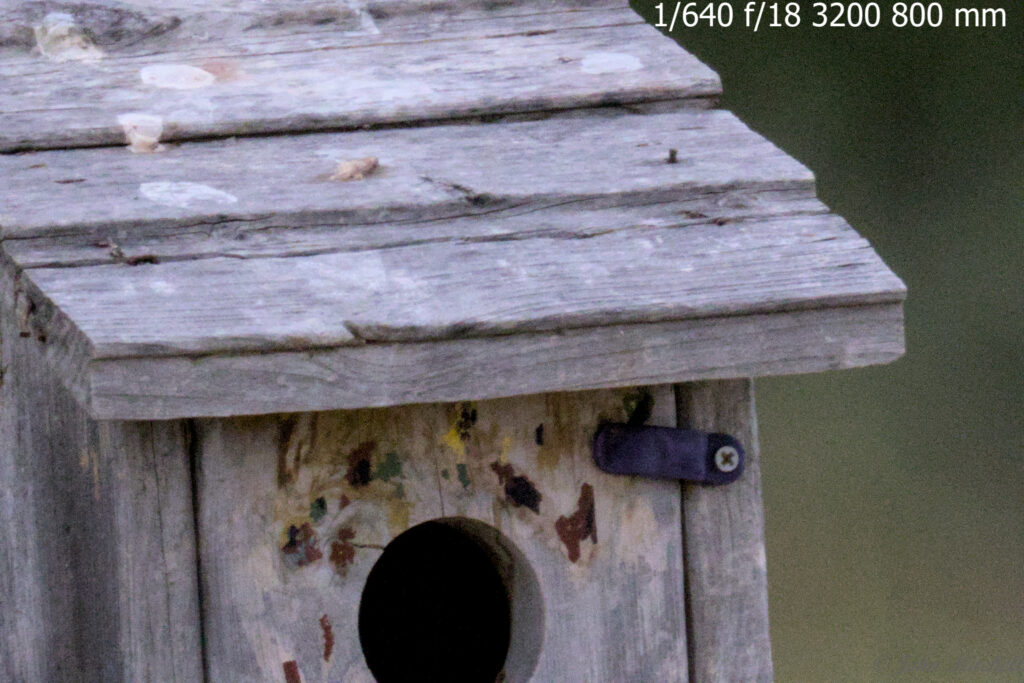
At this point, John started reading more and learned about lens diffraction and the limits of resolution. We are not talking about articles of war resolution, just pixels of resolution. John learned about diffraction in physics classes, but that was a theoretical case for light passing through slits in a box. As It turns out, camera lens apertures are small enough to cause diffraction blurring on the sensor. The circle of blurring is referred to as the Airy Disk, and it increases with decreasing aperture. When the Airy Disk is between 2-3 times the pixel size, you have blurring of the image. The Airy Disk limits the effective maximum resolution detectable with the lens at that aperture. If you are interested in pictures and more details, here is a reasonably concise and clear description of camera lens diffraction with pictures.
The Canon R7 has 32.5 Megapixels on a 22.3 mm x 14.9 mm sensor, so it has roughly 3.20 um pixels. The Canon 200 mm – 800 mm lens has a minimum aperture of f/6.3 – f/9.0. At 800 mm, the minimum aperture is 9.0. John also has a Canon 100 mm – 400 mm lens with a minimum aperture of f/4.5 – f/5.6, If you do the math, you find out that:
| f/? | Airy Disk | Eff. Min Pixels | Eff. Max Pixels |
| f/4.5 | 5.98 um | 32.5 Mp | 32.5 Mp |
| f/5.0 | 6.71 um | 29.5 Mp | 32.5 Mp |
| f/5.6 | 7.53 um | 23.4 Mp | 32.5 Mp |
| f/6.3 | 8.46 um | 18.6 Mp | 32.5 Mp |
| f/7.1 | 9.49 um | 14.8 Mp | 32.5 Mp |
| f/? | Airy Disk | Eff. Min Pixels | Eff. Max Pixels |
| f/8.0 | 10.65 um | 11.7 Mp | 26.4 Mp |
| f/9.0 | 11.96 um | 9.3 Mp | 20.9 Mp |
| f/10 | 13.42 um | 7.4 Mp | 16.6 Mp |
| f/11 | 15.07 um | 5.9 Mp | 13.2 Mp |
| f/13 | 17.92 um | 4.1 Mp | 9.3 Mp |
The red numbers are apertures where the effective resolution is lower than the Canon R7 sensor resolution.
In Yellowstone, John’s first camera upgrade to the Canon T7i using the 100 mm – 400 mm f/4.5 – f/5.6 lens produced crisper images because the resolution of the sensor was only 24.2 megapixels. The worst case for that camera and lens is a very slight blurring to 23.4 megapixels at f/5.6. With the Canon R7 and the 200 mm – 800 mm f/6.3 – f/9.0 lens at 800 mm, the best he could hope for is pictures resolution limited to 20.9 megapixels, which is about a 33% loss of resolution. This may be part of why the fully zoomed in photos of the muskrat in Yellowstone looked soft and why distant objects sometimes look a little blurry. There are definitely auto-focus issues with the R7, but the issue may not always be auto-focus. Sometimes, it might be physics. This is good because the camera and lens are not as problematic as he fear. This is bad because, like gravity, there is no way around this problem*.
The current question is whether to replace the Canon R7 with a R7 Mark II, R8, or R6 Mark II. On the positive side, the R6 and R8 have full frame sensors. Their auto-focus and low light performance have been demonstrated to be better. On the down side, their maximum resolution is only 24.2 megapixels, two of John’s lenses are only for cropped sensors, and the subjects will appear 60% as large, When the R7 mark II comes up, it may have better auto-focus too. Updated versions of these may have stacked sensors, which read image data mush faster.
We will end this with a bunch of slightly blurry photos. Sadly, image sharpening in post processing is going to be necessary for the 800mm lens.
There was a tree swallow sitting on the fence, keeping watch, and getting his feathers all ruffled. With the clouded sky, the tree swallow was looking very blue.
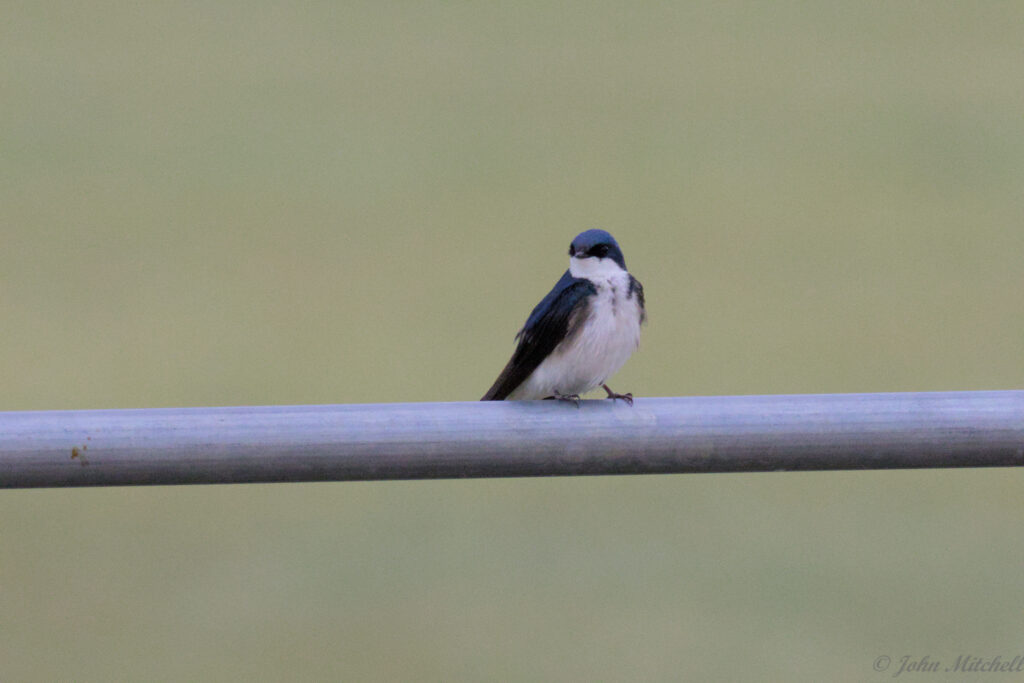
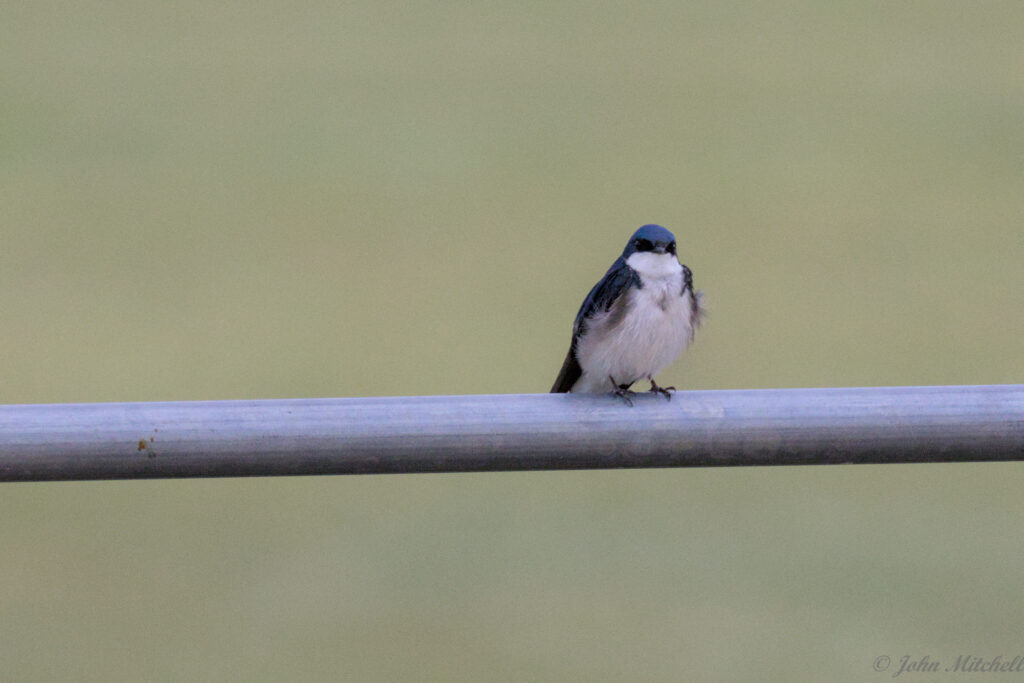
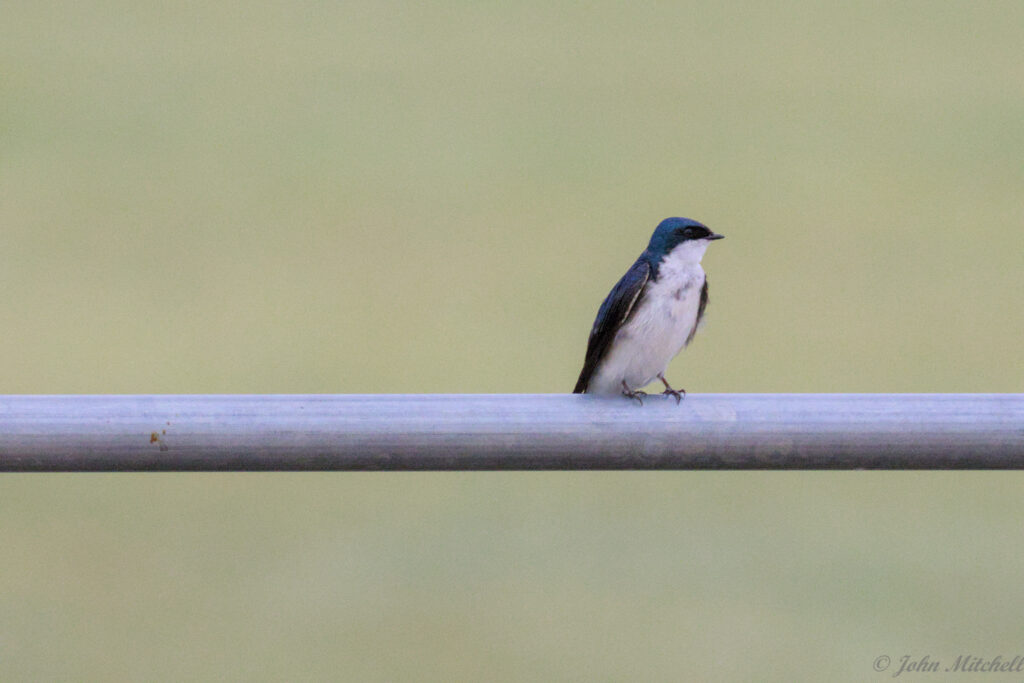
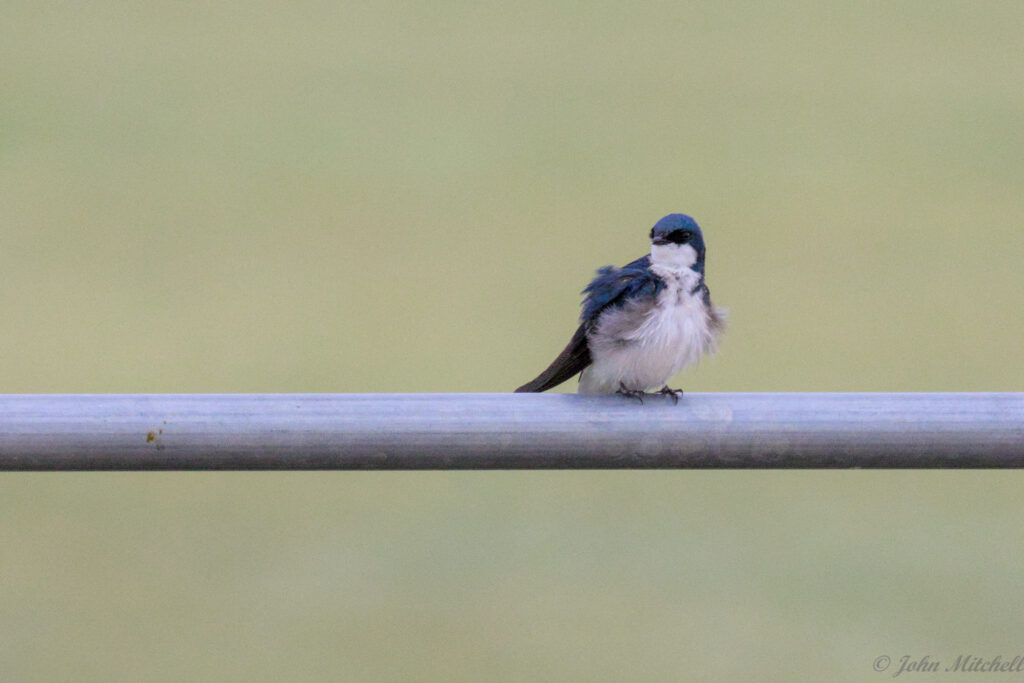
And the tree swallow did not approve of his neighbor interrupting his vigilance.
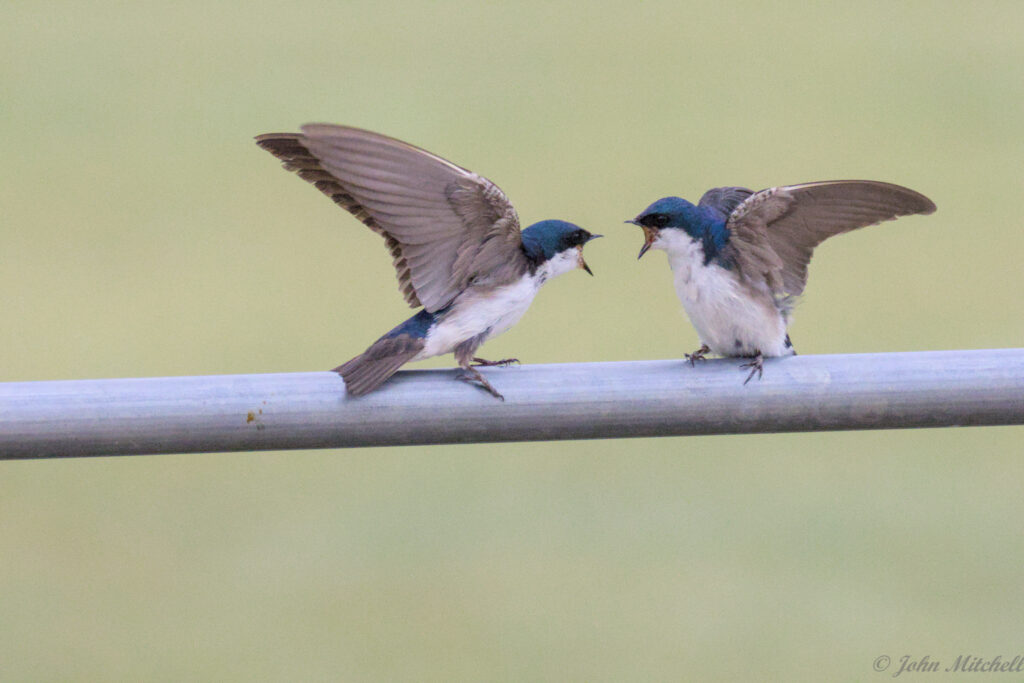
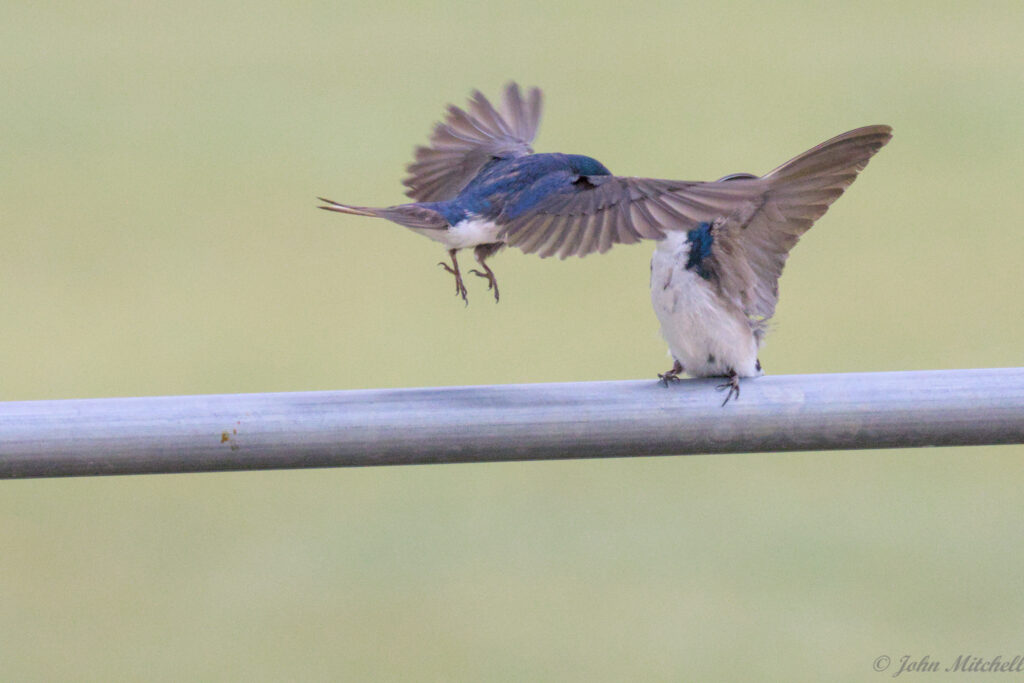
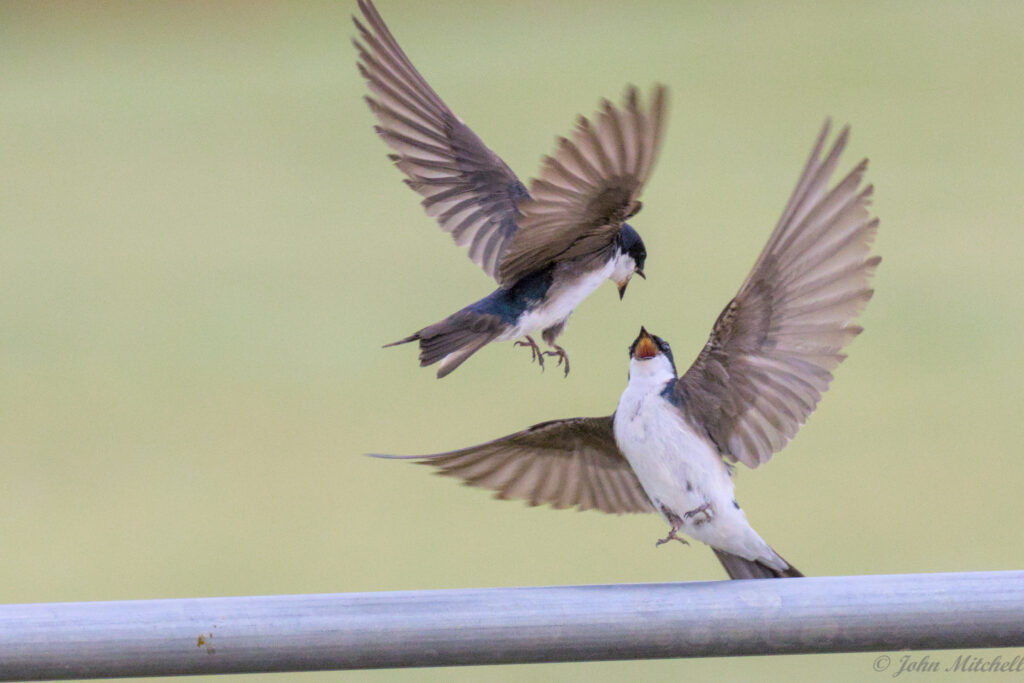
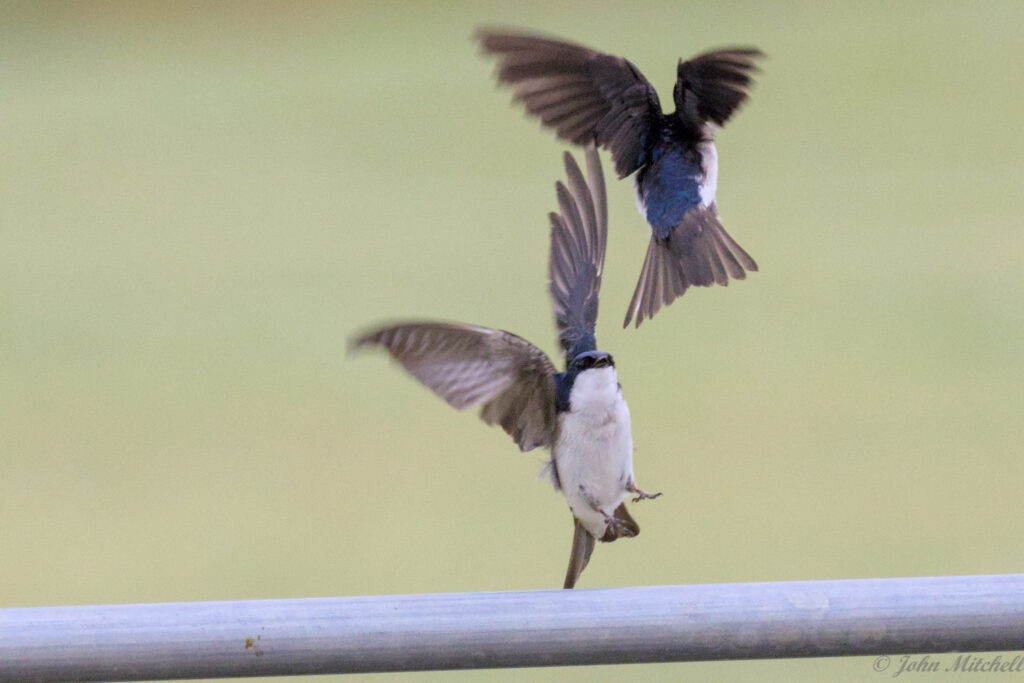
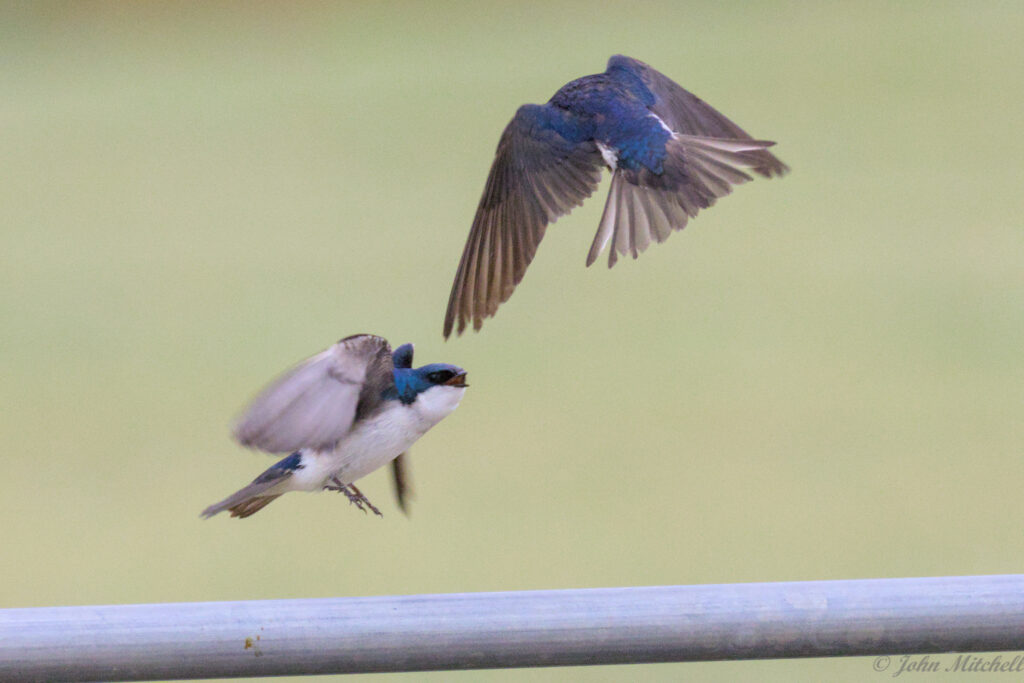
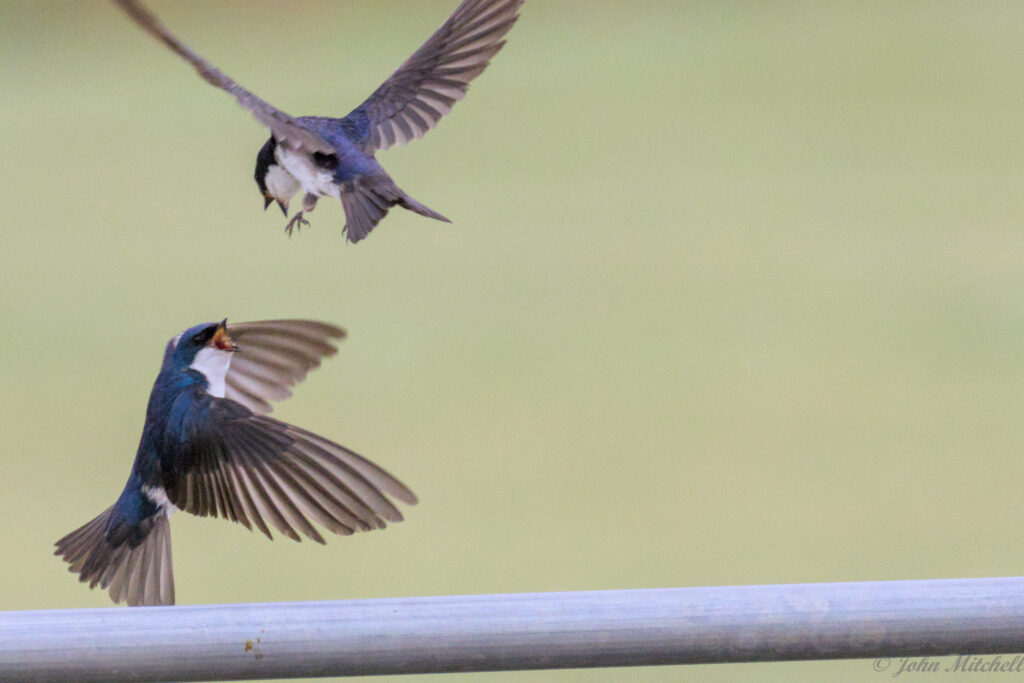
They could just be married, and someone forgot to take the trash out … again.
Kate told the wife at 7th Ranch about the bird nest at the end of the campsite next to us, so she put up a little white marker flag to warn people. John calls this picture “Mother Bird Surrenders”. The bird is well camouflaged at the base of the flag.
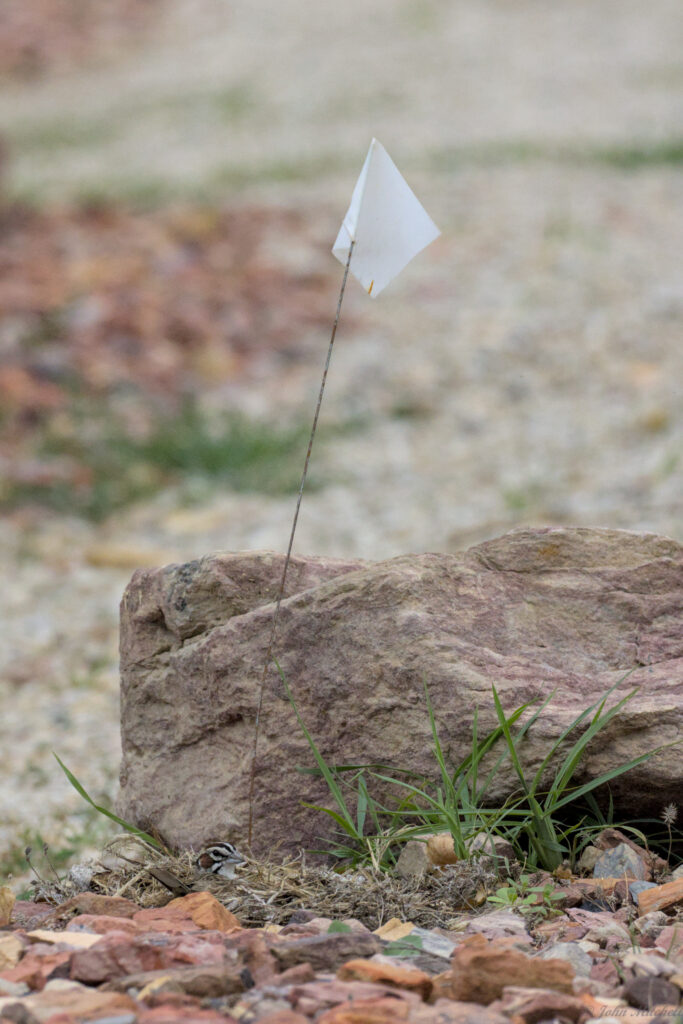
This camera and lens takes better pictures of the moon that John’s old telescope.
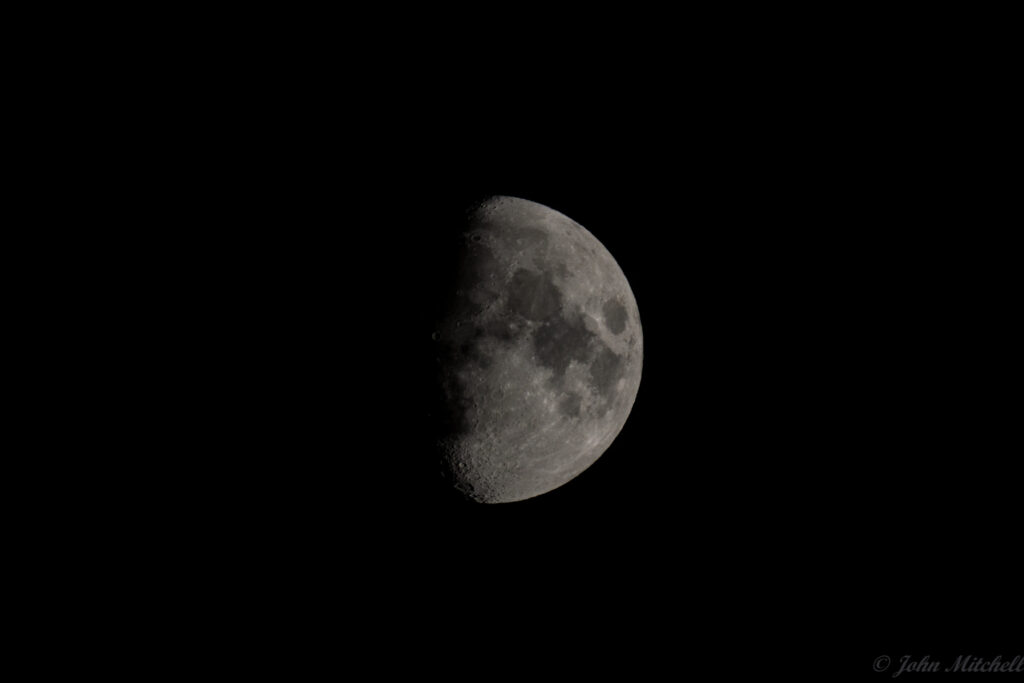
* This is not 100% true. Unlike gravity, you can use trained AI sharpening filters in post processing to make you images more sharp. AI has yet to be any help with gravity.
